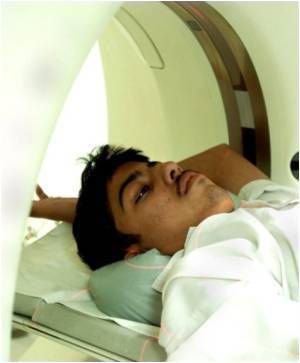
After the incident, researchers at the Mayo Clinic have developed a way to reduce the amount of radiation involved in the procedure which, when done properly, already involves very little risk.
At the correct dose, there should be no injury," said Cynthia McCollough.
"We believe in the clinical value of perfusion CT, so we're trying to lower the dose and reduce the stigma," she added.
McCollough and her colleagues created a new image-processing algorithm that can give radiologists all of the information they need using as up to 20 times less radiation, depending on the diagnostic application.
A typical CT perfusion procedure lasts about half a minute and scans the same tissue many times, each scan at a low dose.
Advertisement
"With this algorithm, we're trying to maintain both the image quality, so that a doctor can recognize the anatomic structures, and the functional information, which is conveyed by analyzing the flow of the contrast agent over the many low dose scans," he added.
Advertisement
The research will be presented at the 52nd Annual Meeting of the American Association of Physicists in Medicine (AAPM) in Philadelphia.
Source-ANI













